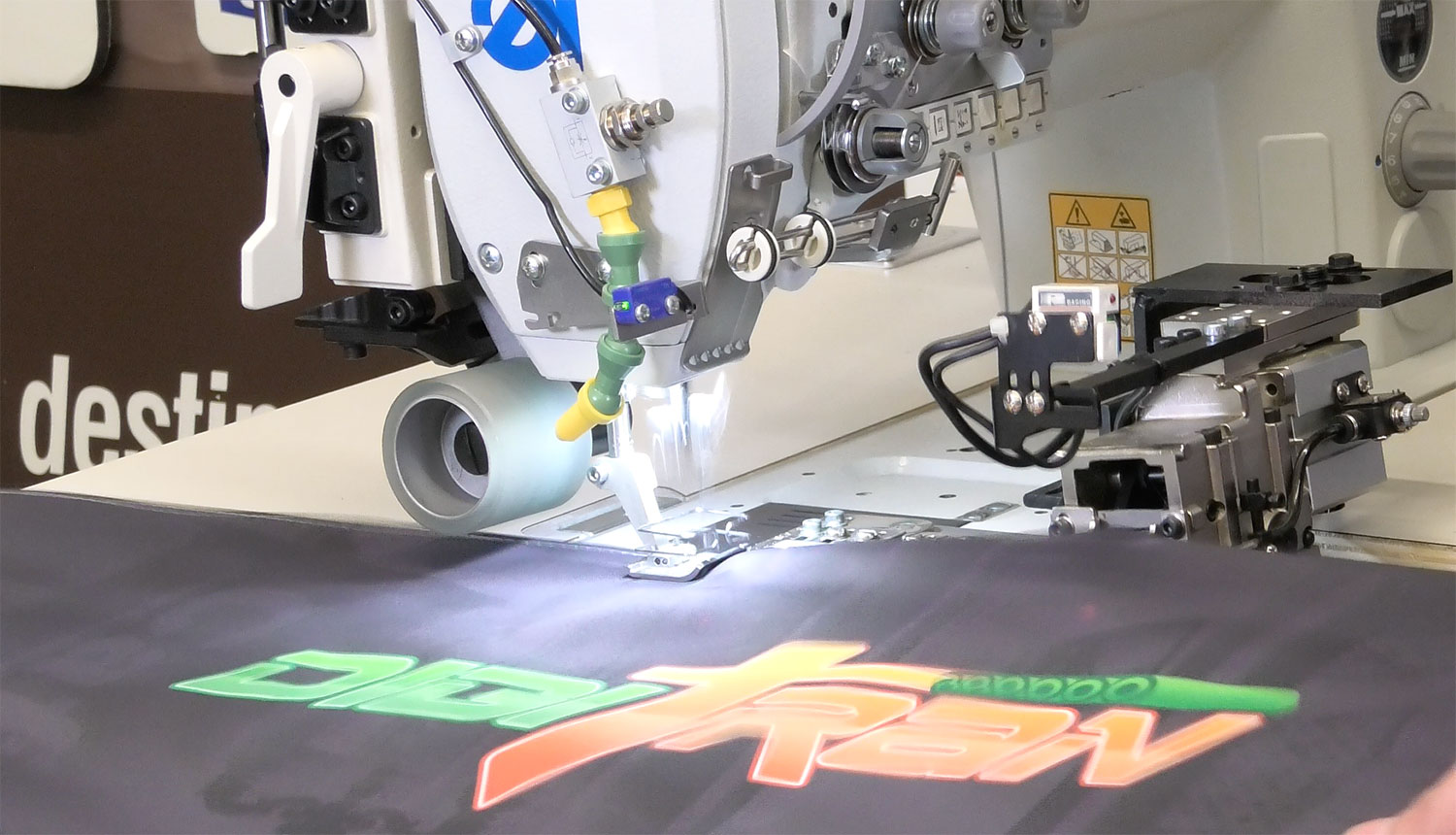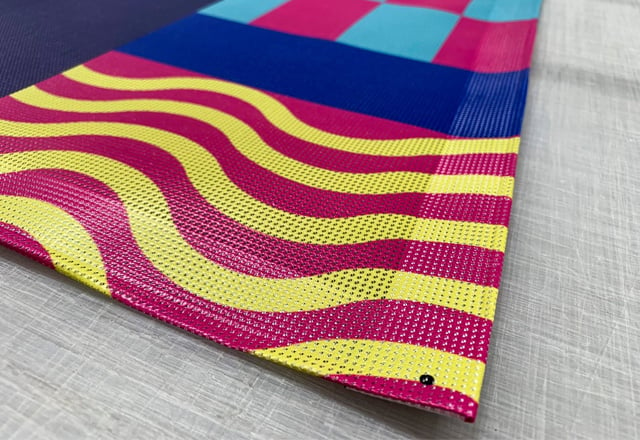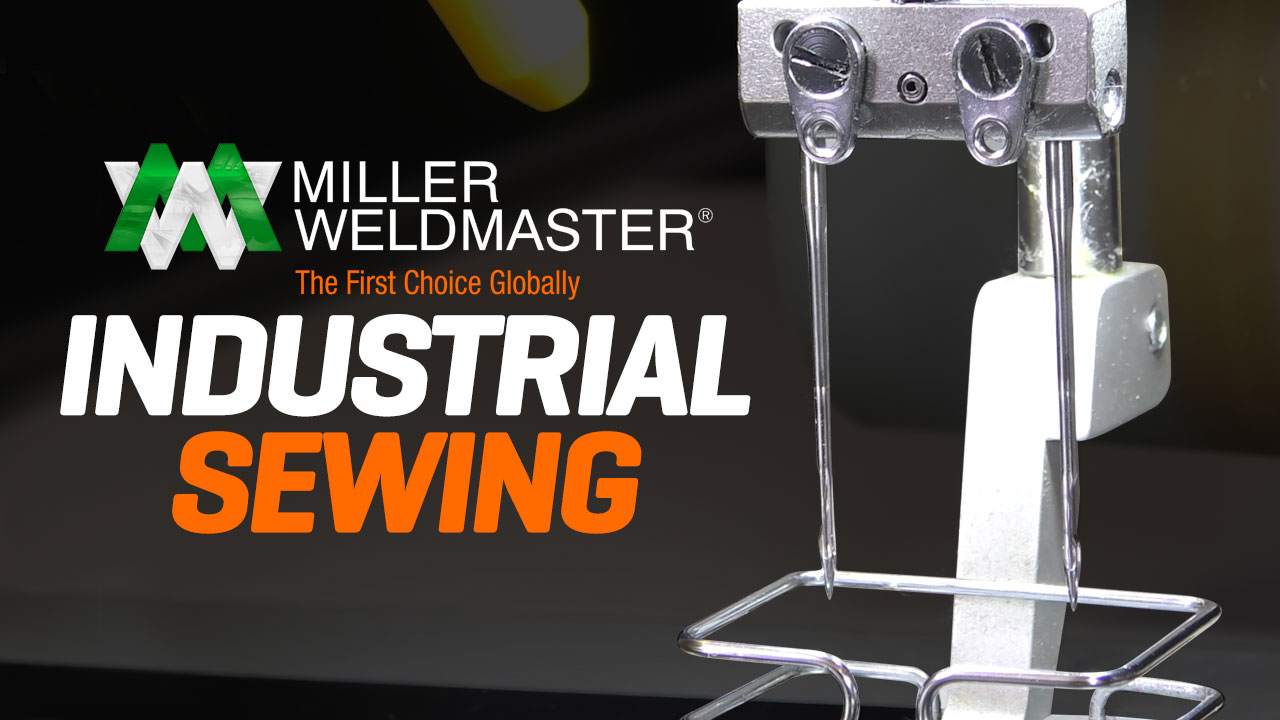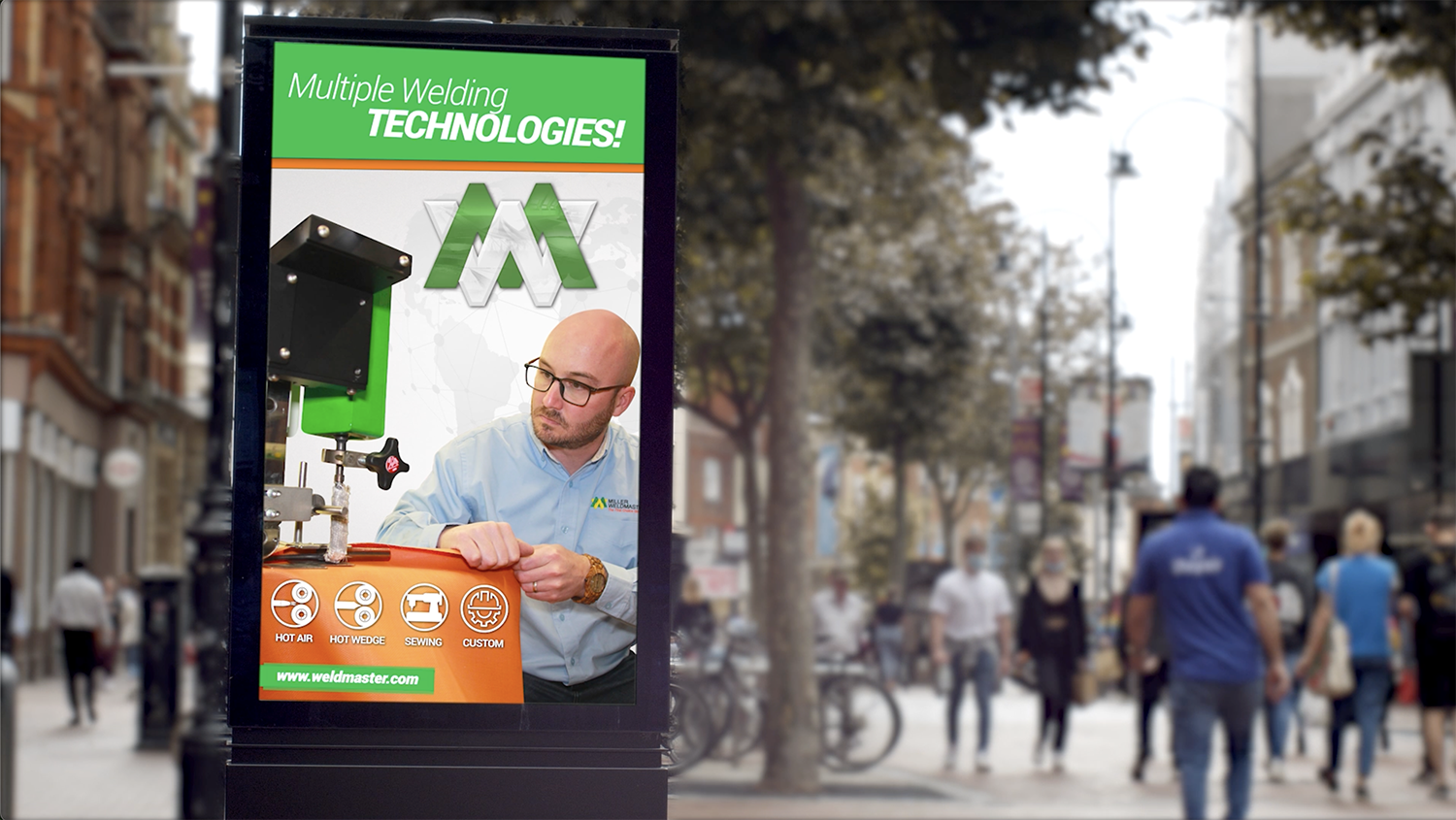Overview of Industrial Sewing Machines and Their Importance in Various Industries
Industrial sewing machines are the backbone of large-scale textile production. Unlike household sewing machines, their industrial counterparts are built to handle more rigorous tasks, faster speeds, and longer working hours. This guide aims to provide a comprehensive understanding of the key parts, functions, and types of industrial sewing machines. It will also cover maintenance, troubleshooting, and the latest automation trends in the field. For readers looking to delve deeper into specific topics, refer to our Industrial Sewing Technology page.
What is an Industrial Sewing Machine?
An industrial sewing machine is specifically designed for long durations of high-speed sewing, using heavier materials and more complex stitching than household machines. Industries ranging from automotive to apparel, and from upholstery to marine manufacturing, rely on these machines for their robustness and efficiency.
Key Parts of an Industrial Sewing Machine
Industrial Sewing Machine Parts and Their Functions
Here’s a detailed look at some of the critical components:
- Needles: Industrial machines use specially designed needles tailored for different types of fabric and operational speeds.
- Presser Foot: This part holds the fabric steady during sewing, ensuring precise stitch placement.
- Feed Dog: Works in tandem with the presser foot, pulling the fabric forward for even stitching.
- Bobbin: Holds the bottom thread and is crucial in forming the stitch on the underside of the fabric.
- Throat Plate: Located beneath the needle, it facilitates smooth fabric feed and prevents the material from getting caught in the machine.
- Tension Mechanism: Adjusts the thread tension, ensuring that the stitch is neither too loose nor too tight.
Understanding Sewing Machine Components and Their Roles
- Motor Types: Servo motors offer precision speed control, essential for detailed work, while clutch motors are better suited for high-volume, high-speed operations.
- Control Panels: Modern industrial sewing machines feature control panels that allow operators to adjust settings like stitch length, speed, and tension quickly.
- Stitch Regulators: These are crucial for ensuring consistent stitch quality across various fabric types.
Differences in Industrial Sewing Machine Features
Advanced features such as automatic thread cutters and programmable stitch sequences can significantly enhance productivity and quality, especially in complex sewing applications like leather upholstery and technical textiles.
Types of Industrial Sewing Machines
Choosing an Industrial Sewing Machine for Your Needs
- Flatbed: The most common type, ideal for flat pieces of fabric.
- Post-bed: Features a raised bed, allowing the sewing of three-dimensional items and edges more easily.
- Cylinder-bed: Used for cylindrical items like cuffs, enabling fabric to pass around and under the bed.
- Long-arm: Provides a larger working area, suitable for big items like banners or quilts.
Each machine type is suited to specific tasks, which should be considered when equipping a production line.
How Industrial Sewing Machines Work Based on Their Type
Understanding the mechanical differences can help businesses optimize their sewing operations for different types of products and fabrics.

How Industrial Sewing Machines Work
Automated sewing machines transform traditional sewing processes with advanced technology that significantly enhances efficiency and precision. These machines are equipped with automated fabric feeding systems that ensure consistent material handling without manual intervention. This is achieved through sensors and motors that control the speed and alignment of the fabric as it passes through the machine, enabling smooth and even stitches. Additionally, many automated machines come with programmable stitch patterns, which can be set and adjusted via a digital interface. This allows operators to customize stitching according to specific project requirements easily. Other automated features might include thread trimming, tension control, and presser foot adjustments, all designed to optimize the sewing process and reduce the need for operator oversight and manual adjustments. This level of automation not only speeds up production but also helps maintain high-quality output across diverse sewing tasks.
Industrial Sewing Machine Maintenance and Troubleshooting
Best Practices for Industrial Sewing Machine Maintenance
Detailed schedules for cleaning, lubrication, and part replacements can help extend the life of these machines. It’s also beneficial to include a checklist for daily, weekly, and monthly maintenance tasks.
Common Issues and Industrial Sewing Machine Troubleshooting Tips
This section can offer step-by-step solutions to common problems such as unbalanced stitches, noise, and fabric feed issues, providing practical help to minimize downtime.
Automation in Industrial Sewing Machines
Automation has revolutionized the sewing industry by significantly reducing manual labor and enhancing stitch quality consistency. Automated sewing machines feature programmable pattern sewing, auto-thread cutting, tension control, and adjustable speeds, all of which ensure uniform product quality essential in sectors like automotive interiors and technical textiles. Automation also allows for rapid adjustments and seamless transitions between different sewing specifications, improving adaptability to various materials and designs while maintaining high production standards.
Miller Weldmaster integrates sewing capabilities into its automation machines, expanding the potential applications and materials that can be handled. This integration enables the machines to switch between welding and sewing functions based on product requirements, streamlining operations and increasing throughput without sacrificing quality. Investing in Miller Weldmaster’s advanced machinery supports businesses in maintaining competitiveness through efficient, versatile, and high-quality production capabilities in the evolving fabric assembly industry.
Choosing the Best Industrial Sewing Machine for Your Business
When selecting an industrial sewing machine, it is essential to consider factors such as production needs, fabric types, and desired stitch patterns. The Digitran, for example, offers specialized capabilities for those looking to produce high-quality digital prints on fabric. Comparing such specialized machines with more general industrial models can help businesses identify the best equipment for their specific needs.
Understanding Miller Weldmaster’s Industrial Sewing Solutions
Miller Weldmaster stands out in the field of industrial sewing with its innovative technology and comprehensive machine offerings. One of the standout products is the Digitran system. The Digitran is a digital sewing machine that excels in sewing digitally printed textiles with precision and speed. This system is specifically designed for the production of banners, signs, and printed graphics, offering a seamless workflow from digital print to sewn finished product.
Key Features of the Digitran:
- Precision Sewing: Ensures accurate and consistent stitching on digital prints, which is crucial for maintaining the aesthetics and quality of finished products.
- Efficiency: The Digitran is designed to operate at high speeds, significantly cutting down production time and increasing throughput.
- Versatility: Capable of handling a variety of materials, the Digitran is perfect for businesses looking to expand their product offerings in digital textile finishing.
This machine exemplifies Miller Weldmaster’s commitment to delivering durable, precision-oriented sewing solutions. Its role in automating and streamlining the sewing process highlights the potential benefits of integrating advanced technologies in industrial sewing operations.
For more detailed product specifications and capabilities of the Digitran, as well as other industrial sewing solutions offered by Miller Weldmaster, you can visit Miller Weldmaster Digitran. This page provides comprehensive insights into how this particular machine can enhance your production capabilities and ensure high-quality finished products.

Finding the Right Industrial Sewing Machine Parts and Support at Miller Weldmaster
Understanding the parts, functions, and potential of industrial sewing machines is crucial for making informed decisions about the right machinery for your business needs. With advanced solutions like the Digitran, Miller Weldmaster demonstrates its leadership in providing cutting-edge technology that meets diverse industry requirements. We encourage you to explore additional resources or reach out to Miller Weldmaster for guidance on selecting the right machine to meet your production challenges.




